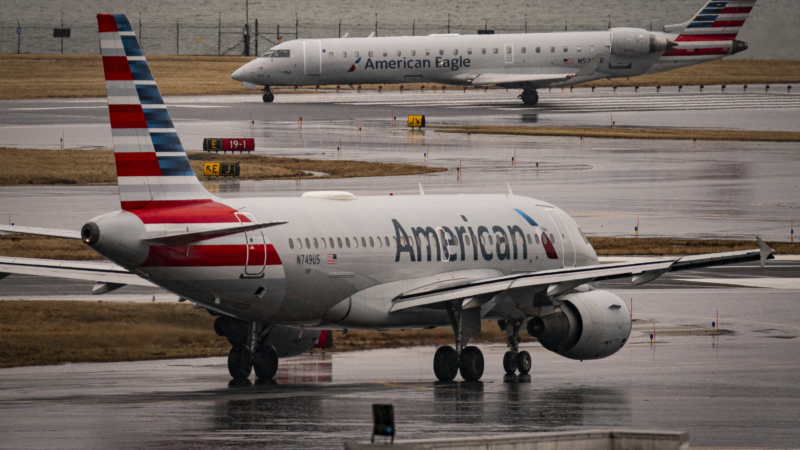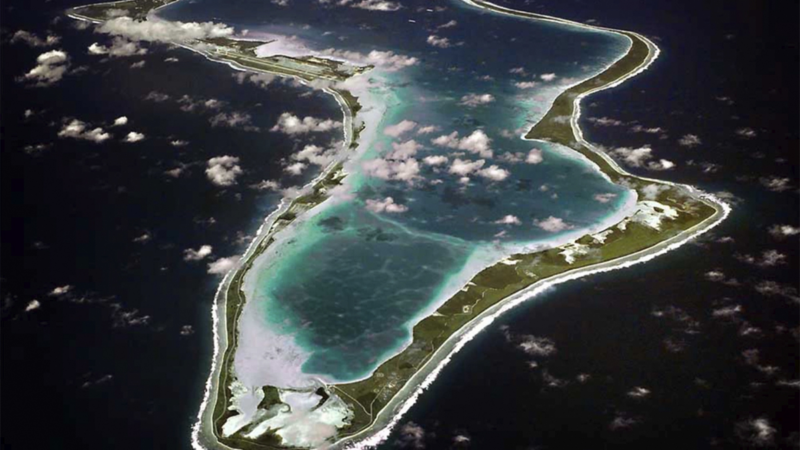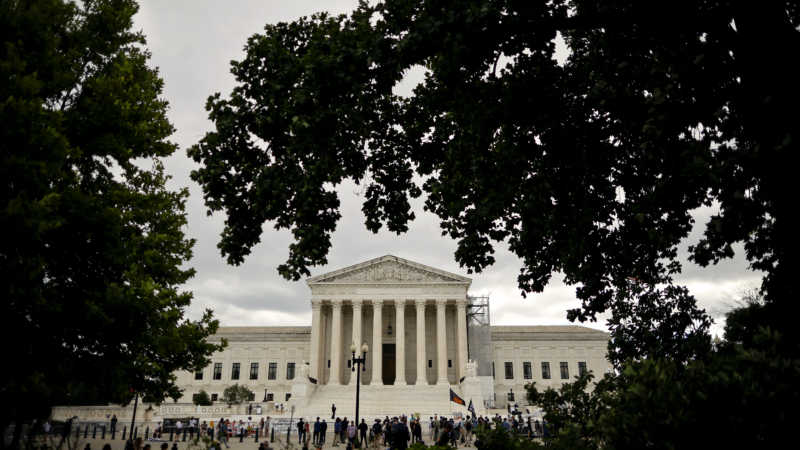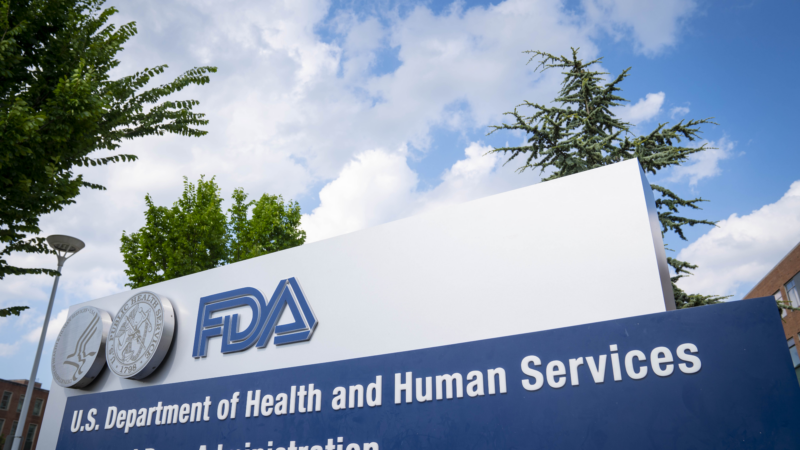Altimeter in Black Hawk helicopter may have malfunctioned before DCA mid-air collision
Investigators with the National Transportation Safety Board gave their first on-camera briefing in almost two weeks since the January 29 mid-air collision involving a U.S. Army Black Hawk helicopter and an American Airlines regional jet that was trying to land at Ronald Reagan Washington National Airport. Both aircraft plunged into the Potomac River, killing all 67 people on board both aircraft.
NTSB chairwoman Jennifer Homendy said the collision between the helicopter and the “CRJ” airplane happened at 278 feet above the river. The helicopter was supposed to be no higher than 200 feet.
However, Homendy says it’s unclear whether the altimeters in the helicopter were showing the pilots the proper altitude above the ground. She says investigators are “seeing conflicting information in the data” and are continuing their analysis.
Homendy says some radio transmissions between the air traffic controller and the Black Hawk crew weren’t fully heard by the pilots of the helicopter either.
She says at least one transmission — the one 17 seconds before impact when the controller told the helicopter to “pass behind the CRJ” — may not have been received by the Black Hawk. That’s because the helicopter crew was already making a radio transmission and part of what the controller said was interrupted and “stepped on,” Homendy said.
The crew of the American Airlines regional jet saw the helicopter about a second or two before impact. Homendy says the plane’s pilots fully pulled the nose of the aircraft up about nine degrees just before impact. The crew of the helicopter, she said, continued flying mostly in the same direction and speed until the collision.
She says it appears the helicopter crew was wearing night-vision goggles which are restrictive in what pilots can see. Homendy says the NTSB is planning to put together a full visual simulation of what the Black Hawk pilots would have been able to witness before the accident. “We’re going to have to see what was possible for them to see at the time leading up to the collision and the accident sequence.”
The full NTSB investigation is expected to take at least a year.
David Schaper contributed reporting.
Hate groups in the US decline but their influence grows, report shows
In its annual Year in Hate and Extremism report, released Thursday, the Southern Poverty Law Center said it counted 1,371 hate and extremist groups, a 5% decline. The nonprofit group attributes this to a lesser sense of urgency to organize because their beliefs have infiltrated politics, education and society in general.
The U.K. hands Chagos Islands over to Mauritius but says it will secure a U.S. base
The Chagos Islands are in the middle of the Indian Ocean and home to a strategic military base on Diego Garcia.
White House agrees to keep migrants in Djibouti for now, blasts federal judge’s ruling
The judge says the administration "unquestionably" violated his earlier order, which stated migrants cannot be deported to a country other than their own without having adequate notice and a chance to object.
Why did university police chase a student and his baby across a graduation stage?
Jean Paul Al Arab and his 6-month-old led police on a brief foot chase during a University at Buffalo ceremony. The school said the grad violated rules about who can participate in the commencement.
Supreme Court allows Trump to fire members of independent agency boards — for now
At issue is President Trump's firing of NLRB member Gwen Wilcox, who still has three years left on her term, and Cathy Harris, who still has four years left on her term as a member of the MSPB.
Vaccine advisers to the FDA recommended changes to COVID vaccines
Advisers to the Food and Drug Administration met Thursday to help decide which variant of the virus that causes COVID should be targeted by updated versions of the vaccines.








